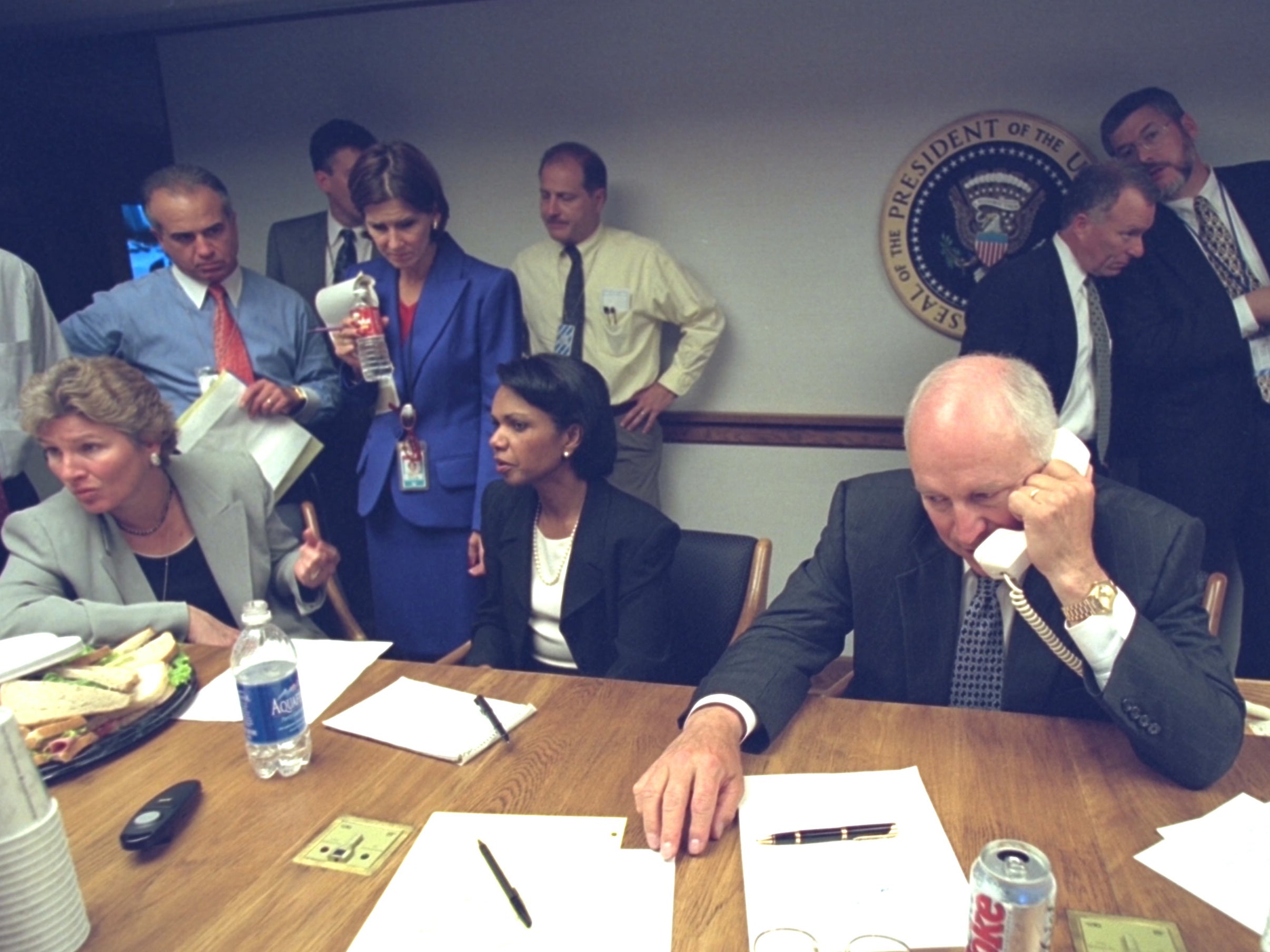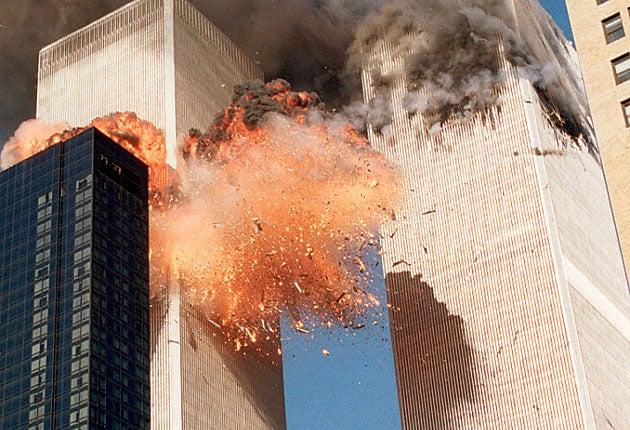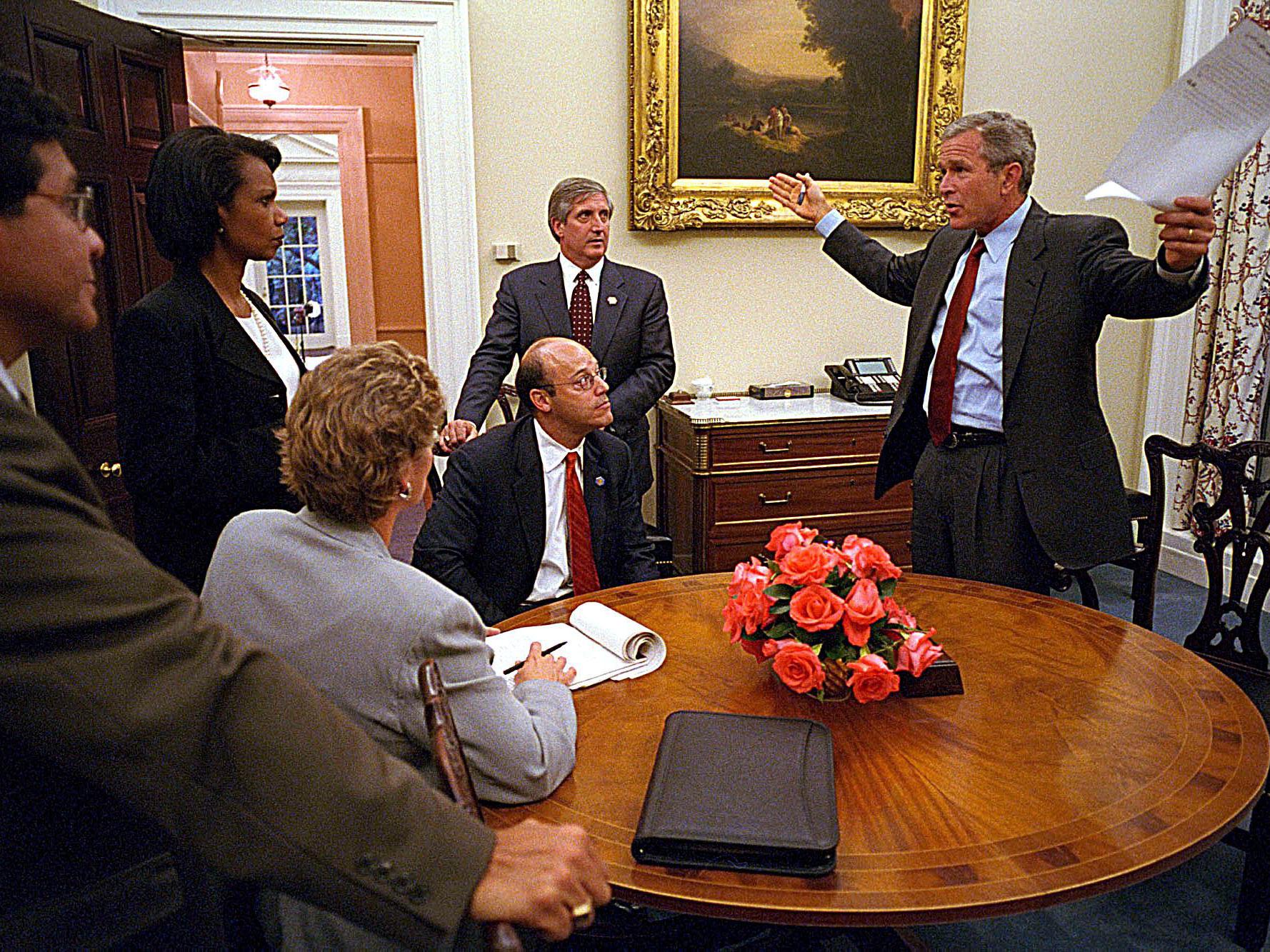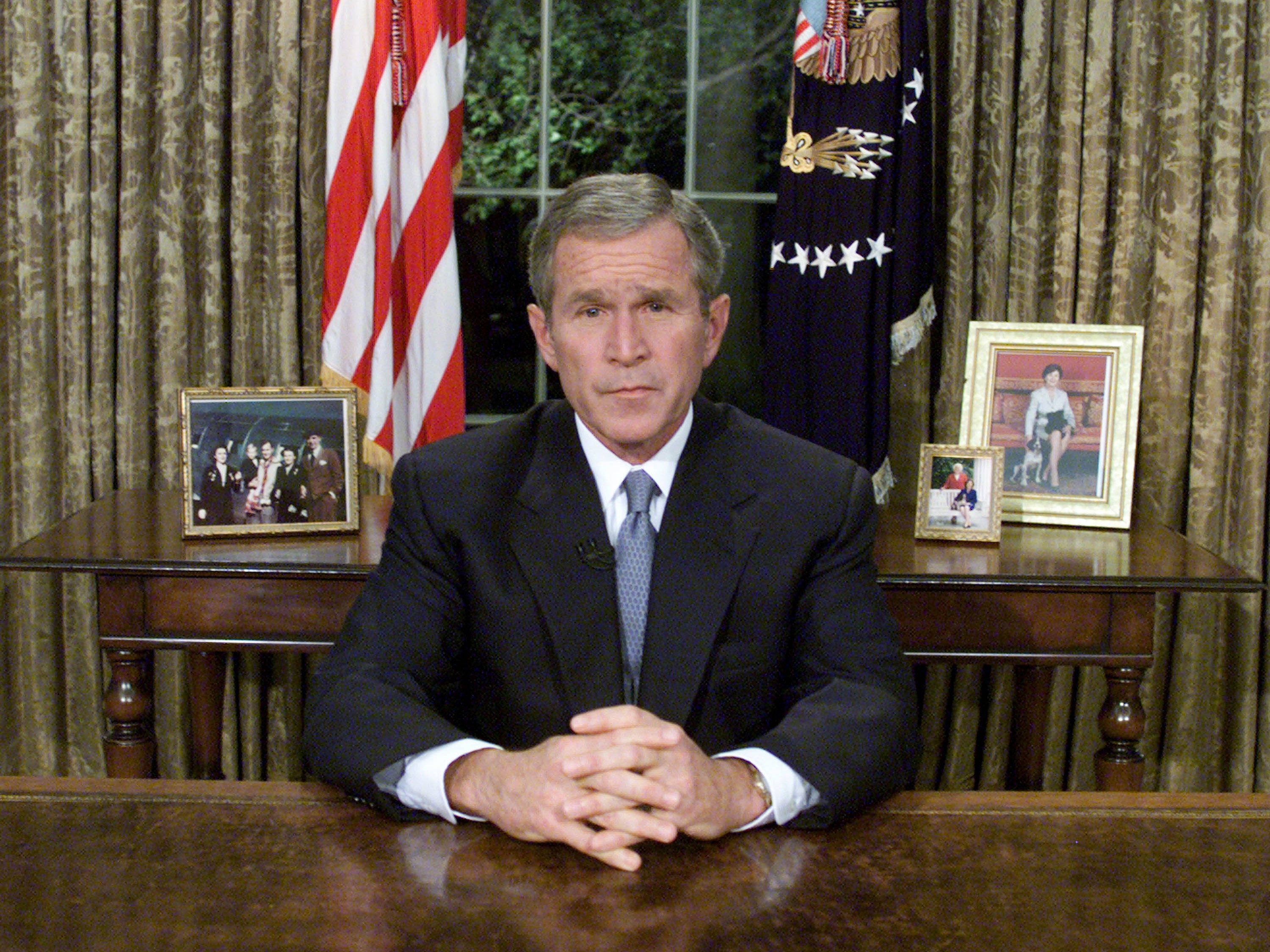9/11 anniversary: Unseen emails reveal White House shock as terrorist attacks unfolded
The building was evacuated, with the Vice President and key advisors being moved to the nuclear bunker beneath the building

Your support helps us to tell the story
From reproductive rights to climate change to Big Tech, The Independent is on the ground when the story is developing. Whether it's investigating the financials of Elon Musk's pro-Trump PAC or producing our latest documentary, 'The A Word', which shines a light on the American women fighting for reproductive rights, we know how important it is to parse out the facts from the messaging.
At such a critical moment in US history, we need reporters on the ground. Your donation allows us to keep sending journalists to speak to both sides of the story.
The Independent is trusted by Americans across the entire political spectrum. And unlike many other quality news outlets, we choose not to lock Americans out of our reporting and analysis with paywalls. We believe quality journalism should be available to everyone, paid for by those who can afford it.
Your support makes all the difference.“Turn on CNN,” That was the three-word email sent by a White House aide to his colleagues minutes after the first plane hit New York’s World Trade Center on 11 September 2001.
The stunned messages sent and received by Presidential assistants on the day have been released to the New York Times for the first time, showing the shock and fear as news came through of the four hijacked planes crashing one by one.
It was business as usual at the start of the day, with staff reading morning news reports, arranging meetings and interviews.
But after the first plane hit the World Trade Center’s North Tower at 8.46am local time, the tone quickly changed.

“Turn on CNN,” wrote Tucker Eskew, the director of the White House media affairs office, in an email to his three colleagues as images of the burning skyscraper started being broadcast 10 minutes later.
Brief emails started announcing the cancellation of scheduled meetings and calls as staff, with the President and defence secretary Donald Rumsfeld engaged, attempted to form a response.
“Precedent for Coordinated National Emergency Response,” confirmed Jay Lefkowitz, a White House lawyer, at 9.51am.
Planes had already hit both towers of the World Trade Center and the Pentagon, and the order had been given to evacuate the White House and US Capitol five minutes before.
Some of the assistants returned to the building, while others were relocated to a makeshift headquarters in Washington or the White House bunker, which was the heart of operations.

As news spread that government buildings were being targeted after the Pentagon, messages flooded in from concerned friends and family.
The sister of Clay Johnson, the President’s friend and aide, wrote at 12.13pm: “Are you safe? Hard to fathom what’s going on today. Hope you and [sic] safe and sound.”
He later replied saying he had been in the bunker all afternoon, describing the experience as “unbelievable”.
At 6pm, as Mr Bush was finally returning to the White House and writers were preparing the speech that launched America’s “war against terror”, staff tried to comfort each other.
Stuart Bowen, the deputy White House staff secretary, sent an email entitled “verses” containing psalms, proverbs and verses from the New Testament.

Two hours later, the President addressed the nation.
“America and our friends and allies join with all those who want peace and security in the world, and we stand together to win the war against terrorism,” he said.
Out of the 362 emails processed by the George W. Bush Presidential Library and Museum, only a handful were released in full, with the bulk being redacted or withheld because of legal exceptions, including privacy and national security.
The library’s documents, released under the US Freedom of Information Act, listed “emails and fact sheets regarding the President’s scheduled events for September 11, 2001, emails expressing reactions to the 9/11 terrorist attacks, schedules and speech drafts for upcoming events for the President and Mrs Bush, press releases, news articles and emails related to administrative or routine office functions” among the records.
The institution had previously released President Bush’s planned itinerary for 9/11, which was due to be a busy but normal day for the leader.
His day had started at 7.50am with an intelligence briefing, followed by a national security meeting that went to plan, before Mr Bush set off to visit a school in Sarasota, Florida.
But minutes after he arrived at Emma E. Brooker Elementary School, he was intercepted by chief adviser Karl Rove, who relayed the news from New York. When the second plane crashed, he was reading a book to children.
The rest of the fateful day had been set to include a meeting with Catholics and leaders of the Muslim community at the White House, as well as a Congressional barbecue, but the schedule was scrapped as the President was flown in circles on Air Force One and government buildings were evacuated.
Fourteen years later, 9/11 is being commemorated across America today, with memorials focusing on the crash sites in New York, Washington and Pennsylvania.
Almost 3,000 people died, including more than 2,700 in the World Trade Center.
Join our commenting forum
Join thought-provoking conversations, follow other Independent readers and see their replies
Comments